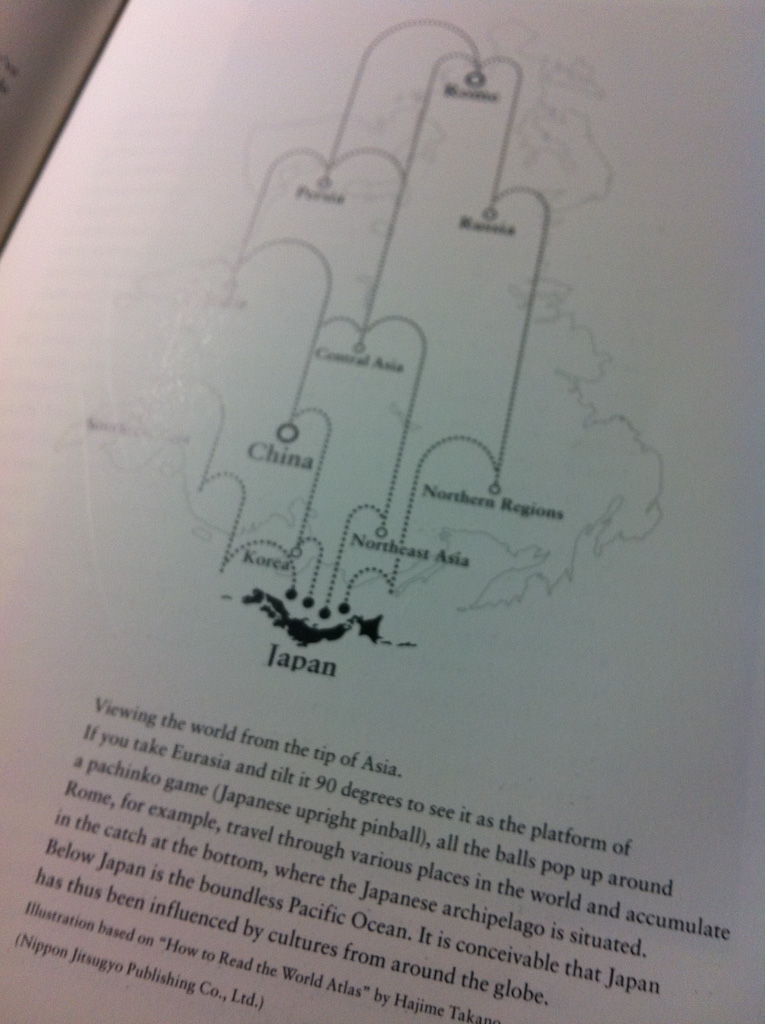I finally sat down and read through a borrowed copy of Kenya Hara’s Designing Design and I’m kicking myself for not getting a copy when it was still available. It’s sold out everywhere now and I’m waiting for a reprint. In a chapter where he attempts to define Japan’s design culture, the Japanese designer likens his country’s location to the platform of a pachinko game, a form of pinball that is upright.
He wrote:
“Japan, catching such a great variety of diverse cultures via multiple routes, was probably a very tangled cultural locus. Accepting all and continually shouldering the chaos, quite the reverse of what one might expect, created an extreme hybrid that amalgamated them all in one breath. That is to say, perhaps our ancestors came up with the idea of stopping them all in their tracks, negating them with the utmost simplicity: zero.”
If you think about it, this unique geographical location that Kenya is describing sounds very much like Singapore. We are also at the crossroads of many different cultures. The exception is our ancestor’s response has not been to “negate them with the utmost simplicity”. But I wouldn’t say we have gone the other extreme to create a “hybrid that amalgamated them all”.
What we seemed to have done is to manage the cultures separately, keeping them apart and producing designs that hark back to the respective cultures, or something like this when we need to address everyone:

At times, we also defer to our common/working language and culture, English, producing designs that fall in line with global aesthetics. I am not against globalisation but I just wonder what happens when we allow more flux amongst our people and in their expression? Again, Kenya covers this issue with a lucid explanation:
“I am not writing from a standpoint of anti-globalisation. It’s been a long, long time since the onset of active international exchange, it would be nonsense today to insist on the idiosyncrasies of individual cultures. I simply believe it must be meaningful to be conscious of the part of Japan that’s capable of contributing to universal values.”
You got to read this book if you haven’t. Not available at bookstores anymore, but you can still borrow it from the library.

